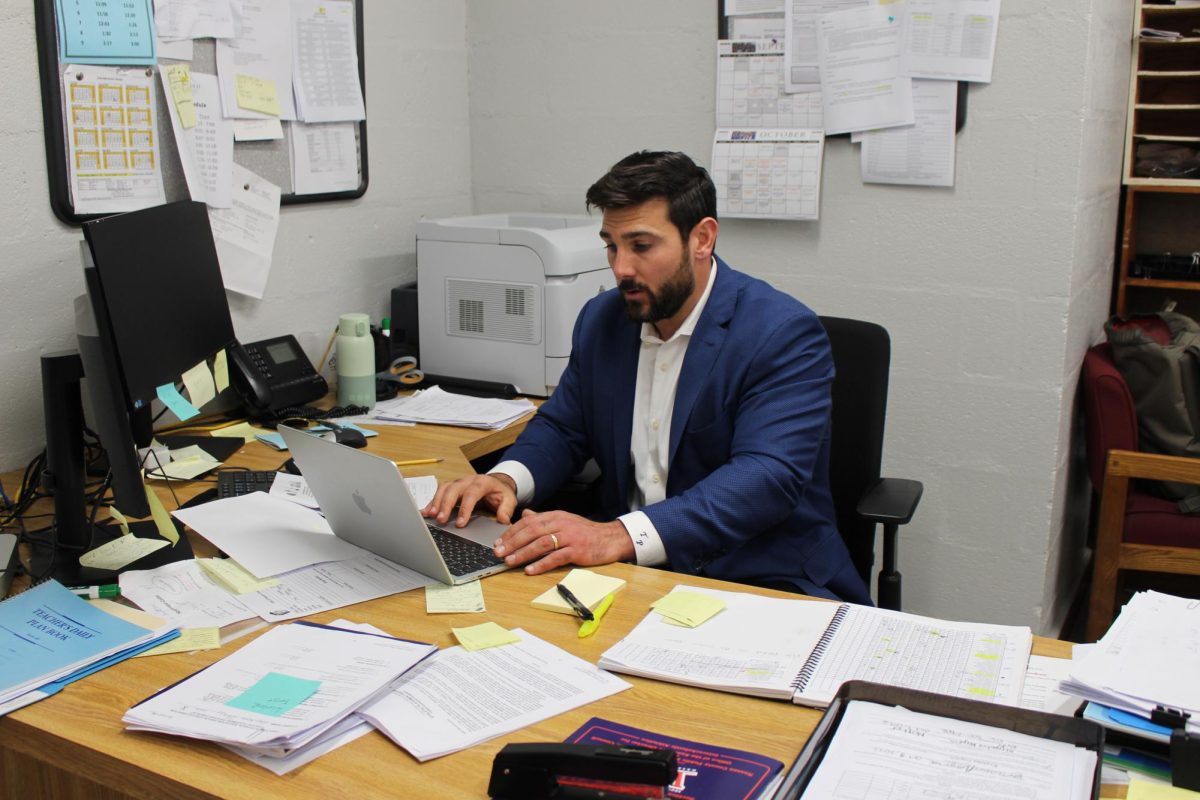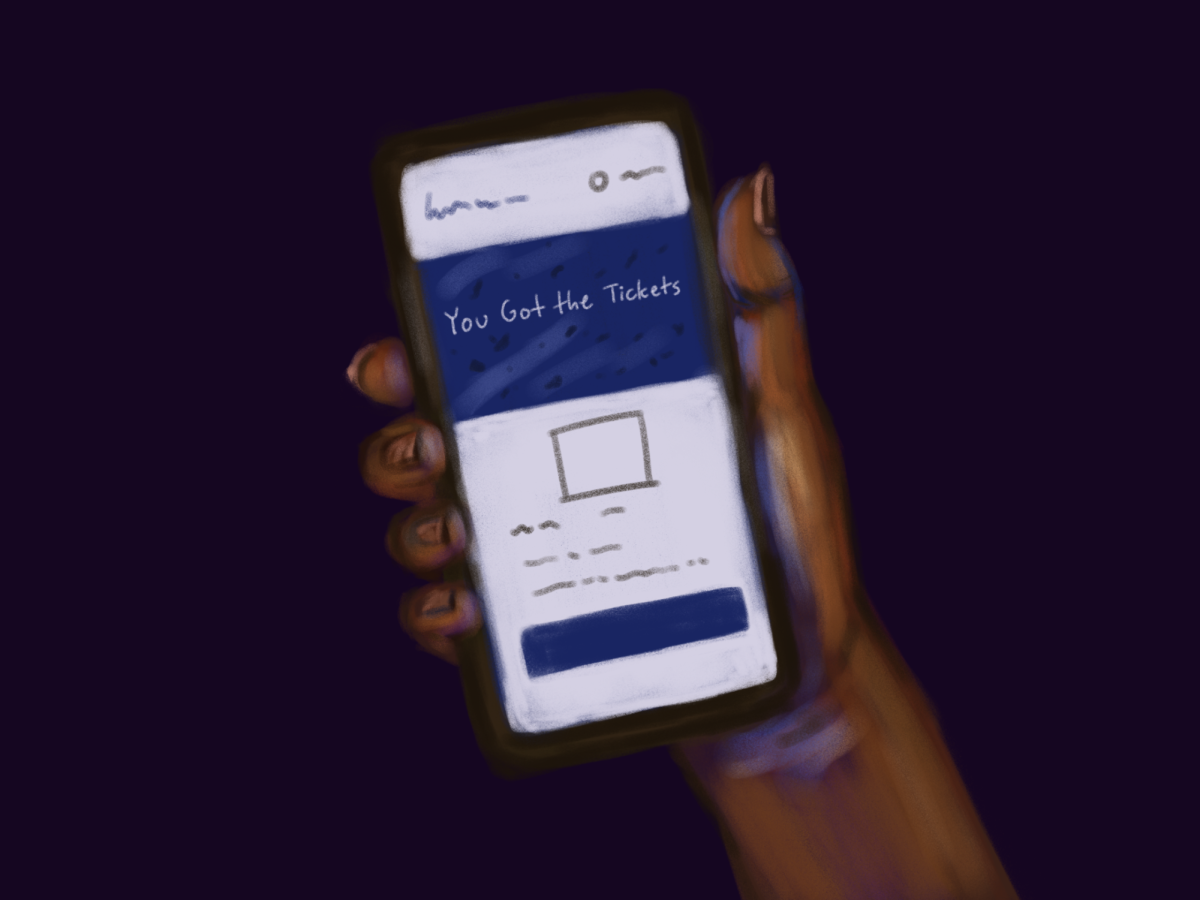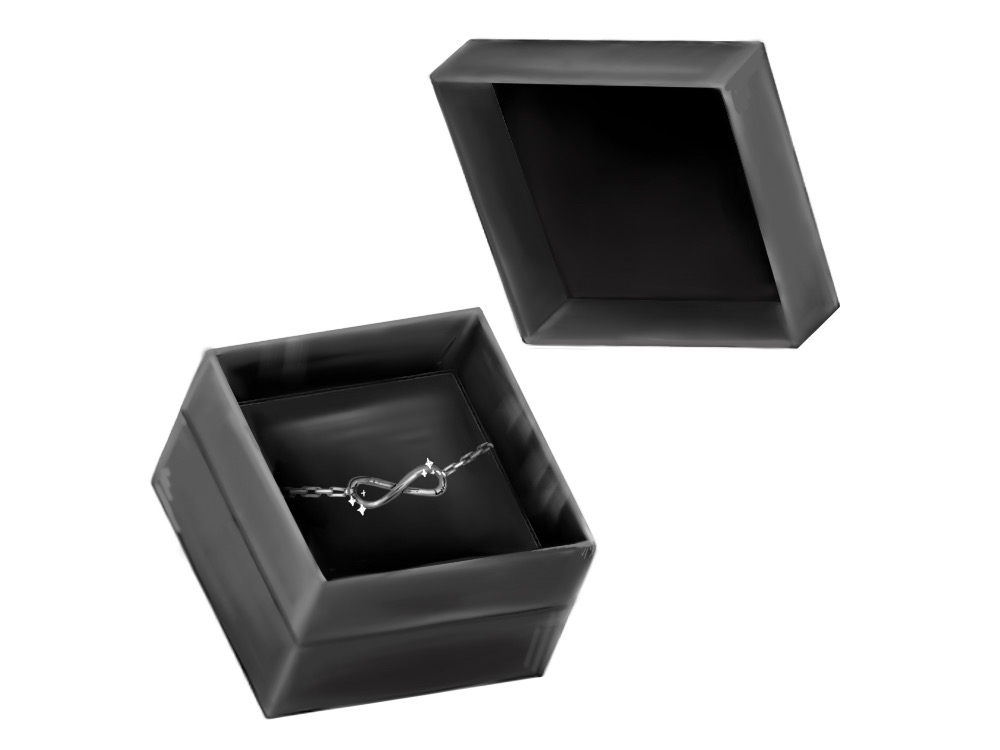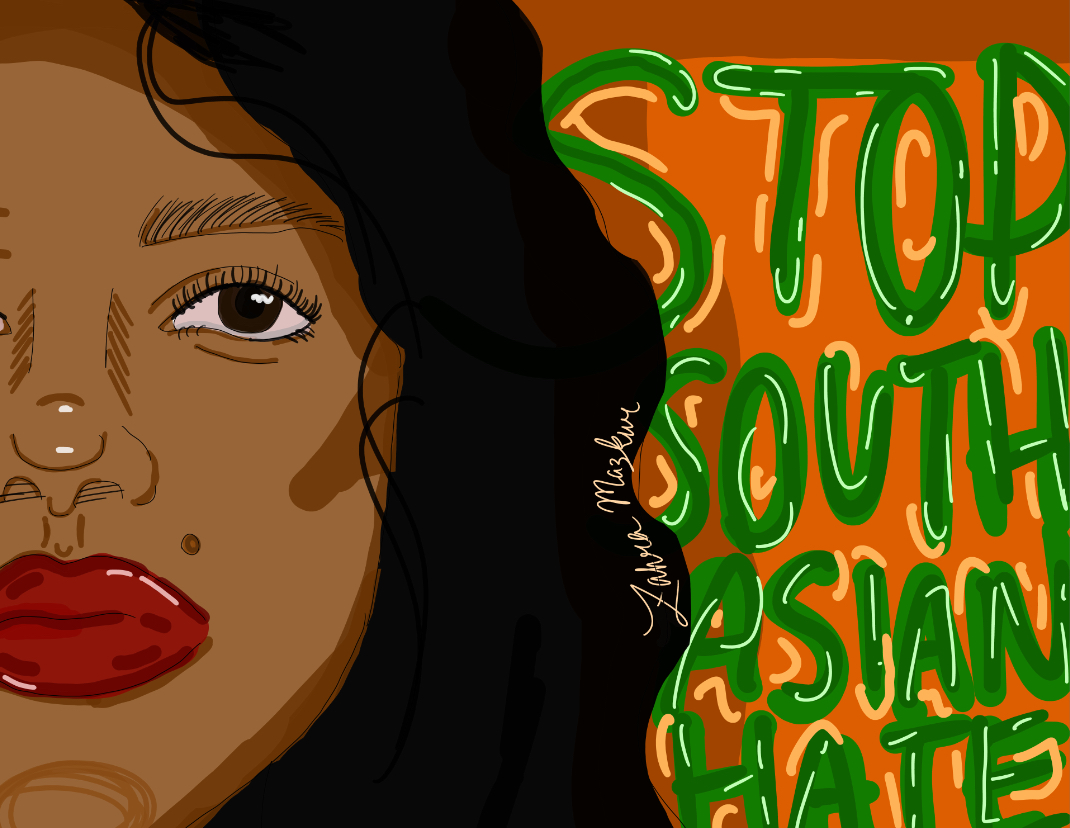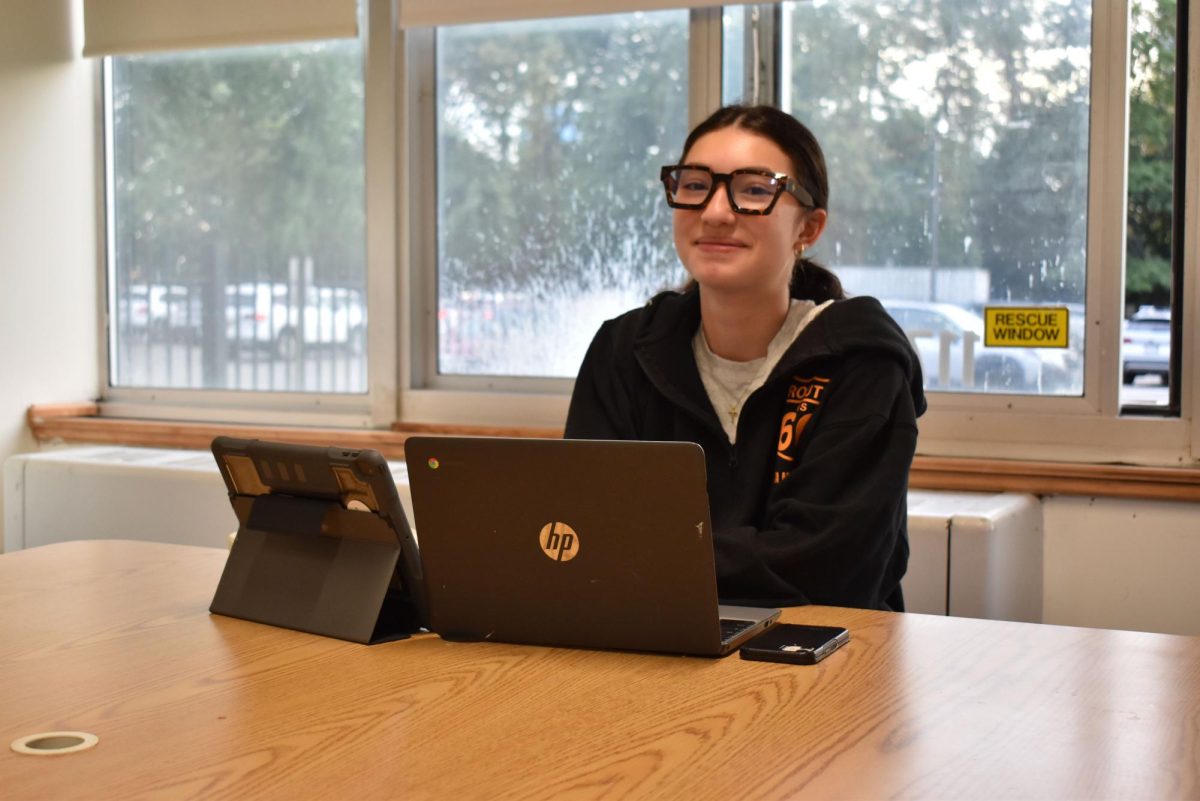Since the start of the NFL season in September, numerous professional football players have faced injuries, concerning fans and other football watchers. While the NFL has taken many measures in the past, such as rule changes, to decrease the prevalence of injuries, many players each season still face injuries, missing out on a significant amount of playing time. With the multitude of injuries, questions have emerged regarding the impact of the field on which athletes play. For example, artificial grass, or turf, is commonly used as a cheaper alternative to grass, but many are speculating if it factors into the prevalence of injuries. New York Jets quarterback Aaron Rodgers was injured in his first game due to a leg injury, and a few weeks later, New York Giants quarterback Daniel Jones suffered a similar fate. Achilles and ACL injuries have always been common in sports, but recent surges have New Yorkers questioning if the artificial turf is to blame.
During a recent game at MetLife Stadium in New Jersey, Dolphins defensive end Jaelen Phillips suffered a non-contact achilles injury. After the game, Dolphins running back Raheem Mostert shared his opinion on this injury and how the field could be to blame. “We’ve got to do something about this turf and this playing surface,” Mostert told reporters. “It just has to change.”
“As someone who plays and watches football, it’s really sad to see these injuries on the field,” junior Jeremy Delacruz said. “I like to watch these games when the starting lineup is playing because it’s more entertaining. I’m not sure if I think the turf is entirely to blame for these injuries but there has to be some part that does.”
Fellow NFL stars like Cooper Kupp from the Los Angeles Rams have agreed with this belief. “I believe that we — and all teams — should be playing on grass,” Kupp wrote in a post on X, formerly known as Twitter. “This is an age-old issue, and I believe the time to address the problem is now! Let’s have the conversation.”
“Watching Daniel Jones leave that field for the season was so annoying,” junior Christopher Munge said. “The NFL really has to do something about the turf and switch to grass so fans don’t have to see their favorite players deal with these harsh injuries and continue to play healthy.”
National Football League Players Association President JC Tretter emphasized the physical difference between artificial turf and grass felt by players and coaches. Tretter also stated that players have a 28% higher rate of leg injuries when there was no contact on turf fields, which could help to explain the amount of injuries faced by athletes on artificial turf. Additionally, based on NFL injury data collected from the past ten years, the contact injury rate for lower extremities was higher on artificial turf, and professional football players experienced a much higher rate of non-contact lower extremity injuries on turf when compared to natural grass fields.
When asked to weigh in on the artificial turf versus natural grass debate, New Hyde Park coaches stressed how natural surfaces could be safer, although artificial turf isn’t necessarily as dangerous as some believe.
“Grass fields that are maintained are most likely safer and preferable,” varsity football Coach Maier said. “Each year the turf seems to get better and safer. With continual improvements, we can limit the injuries and provide athletes with the safest conditions possible.”
“I think that at the high school level playing on turf does not lead to more injuries than on grass,” varsity lineman coach Mr. Colamussi said. “But if I was a college athlete or a professional, then I would prefer grass because I think at those levels, an authentic grass field is the safest playing field. At the professional level, players are running, cutting, jumping, and stopping at a much faster rate which is why I believe we see many more injuries at the professional level and people believe that turf has something to do with that as well.”






